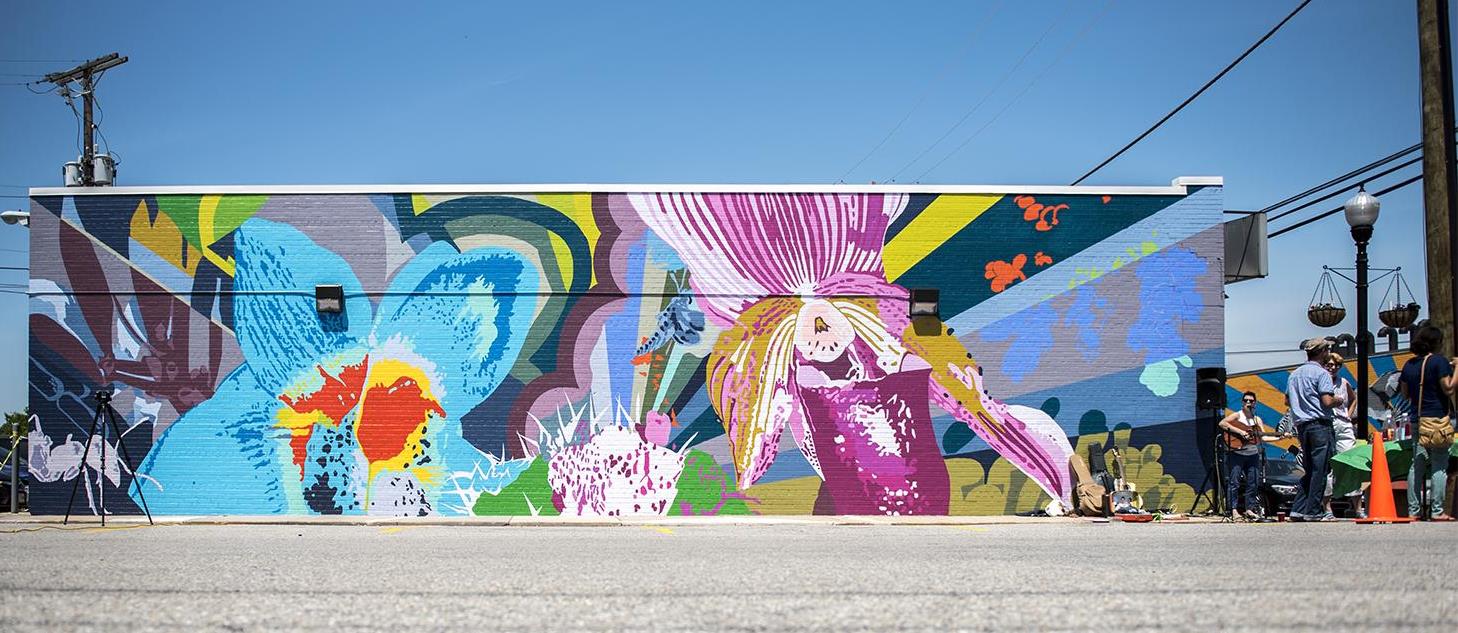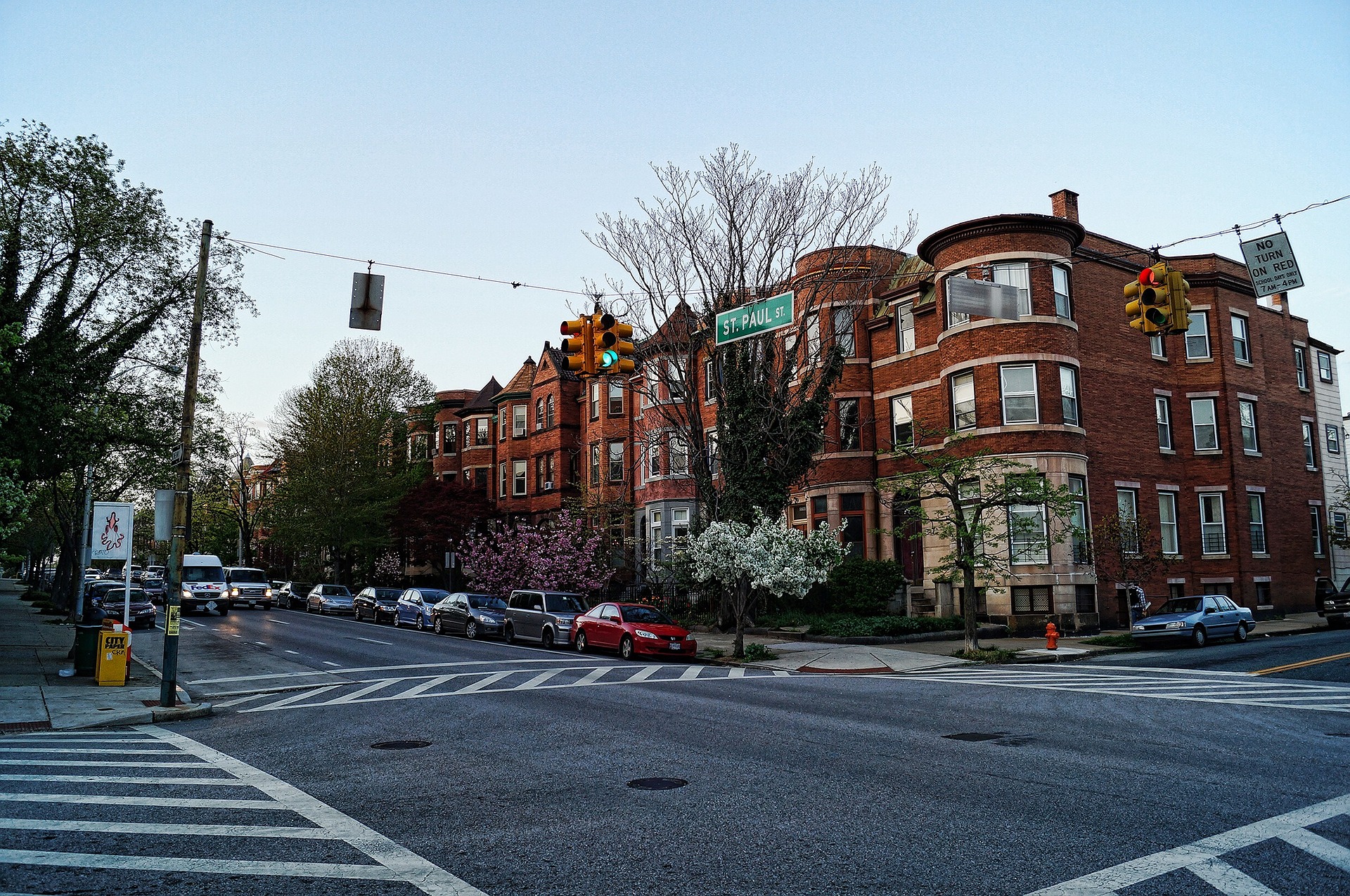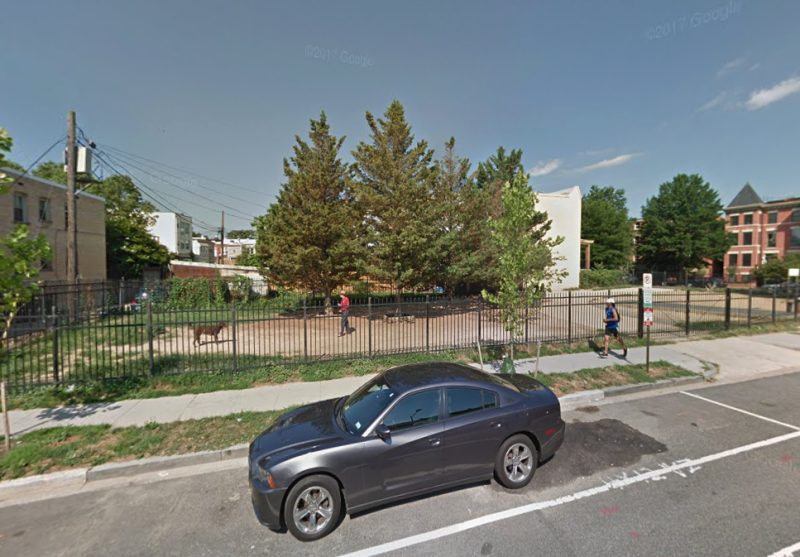Despite Federal grant, regional equity planning strategies falter in Baltimore
NCSG presents an analysis of Sustainable Communities Regional Planning Grants (SCRPGs) in Baltimore. In an article for the Journal of Urban Affairs, NCSG researchers, led by Associate Director Nick Finio, examine the implementation and success of the grants in Baltimore on 4 aspects of regional equity planning: community engagement, regional collaboration, regional housing policy, and the use of opportunity and equity-related data. The authors find that despite some progress on regional housing issues, plan implementation has largely not occurred due to a lack of commitment to and coordination around implementation. They suggest that without such commitments, large federal grants have only limited success in pushing regional equity planning forward.



